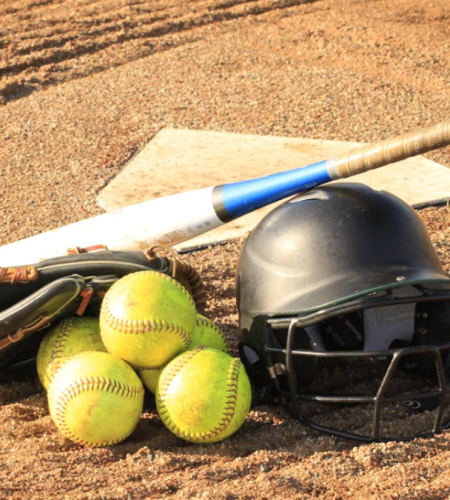Jill Lamontagne, Assistant Supervisor of Adult Case Management at Waypoint in Kennebunk, Maine, brings her extensive experience in leadership, individualized goal planning, and community-based support to every initiative she touches—including those that build stronger youth programs. As a social worker specializing in adult case management, Jill is deeply committed to helping individuals thrive by organizing structured plans, ensuring safety, and fostering growth within supportive environments. Her background in education, health sciences, and nursing, combined with her dedication to volunteerism—particularly with nonprofits focused on the environment and care for people in need—reflects a holistic approach to personal development and team success. Jill’s experience in coaching, mentoring, and training makes her insights especially valuable when considering how to thoughtfully support youth in team-based activities like baseball and softball.
Baseball and softball are popular youth sports in the United States. According to the World Baseball and Softball Confederation, an estimated 16.7 Americans played baseball in 2023, while an additional 8.6 million participated in softball. Young Americans enjoy a wide range of benefits from participating in youth baseball and softball. In addition to staying physically active, they develop social skills, build self-confidence, and learn important life lessons, including the importance of teamwork and the value of strong communication skills. Youth baseball and softball coaches are responsible for guiding youth players through the experience. Coaches must manage various responsibilities, such as organizing a batting order.
Arranging a batting order may seem simple, but inexperienced youth coaches will quickly realize the complexities of managing player expectations and experiences. Youth sports should be fun, and safe, for everyone involved. However, the simple fact is that certain players are more skilled than others, may develop skills and physical abilities at an accelerated rate, and can take the sport seriously, while others simply enjoy spending time playing with their friends.
Youth coaches must consider all of these factors when creating a batting order. They should strive to optimize the order to give their team the best opportunities to win, but should also experiment with the lineup, giving different players a chance to shine in different parts of the order. Even coaches who do not prioritize winning should realize that putting youth players in uncomfortable positions does not automatically build their confidence, and may result in a negative overall experience.
Youth baseball and softball coaches can take two approaches to arranging a batting order. One strategy involves emulating how professional managers arrange batting orders. A typical batting order begins with the team’s fastest player who also excels as a contact hitter. A contact hitter, as the name implies, is a player who frequently makes contact with the ball, regardless of how much power they hit with. A contact hitter may rarely hit the ball high in the air or drive a ball deep into the outfield, but their high hit rate combined with their speed should lead to a high on-base percentage. Furthermore, their speed will allow them to progress around the bases as other batters progress through their at-bats, reducing their chances of being thrown out as well as by possibly stealing bases (if allowed).
The second hitter in a traditional lineup should also be quick, but should have a bit more bat control, allowing them to take more strategic cuts as they attempt to move the first batter around the bases, even if the second batter gets thrown out at first. The third position in a traditional batting order is the strongest overall hitter on the team, blending contact, control, and power.
The fourth position in a traditional batting order is often referred to as cleanup. This person should be the team’s most powerful hitter, capable of driving the ball deep into the outfield. In an ideal situation, the first three batters reach base and the fourth batter knocks in one or more runs. From this point on, a normal batting order arranges the last five batters in order of hitting skill. Managers may opt to place a player with similar skills to the lead-off batter in the ninth position.
For some youth teams, this approach may work. However, the initial batting order begins to mean less as a game progresses and innings start midway through the order. This can result in situations where the game is close but the team’s three or four least-skilled batters are up to bat. This places a lot of pressure on children and can result in a negative experience if players frequently strike out and feel as if they have cost their teammates a victory.
With this in mind, youth coaches should consider grouping batters by threes. Each group should have a good contact hitter to start, followed by an average batter, and finally a cleanup-type batter. These groups can then be arranged by skill, with the best leadoff batter at first, the second leadoff hitter at fourth, and so on. By taking this approach, youth baseball and softball coaches ensure that at least one skilled batter will get an at-bat each inning.

